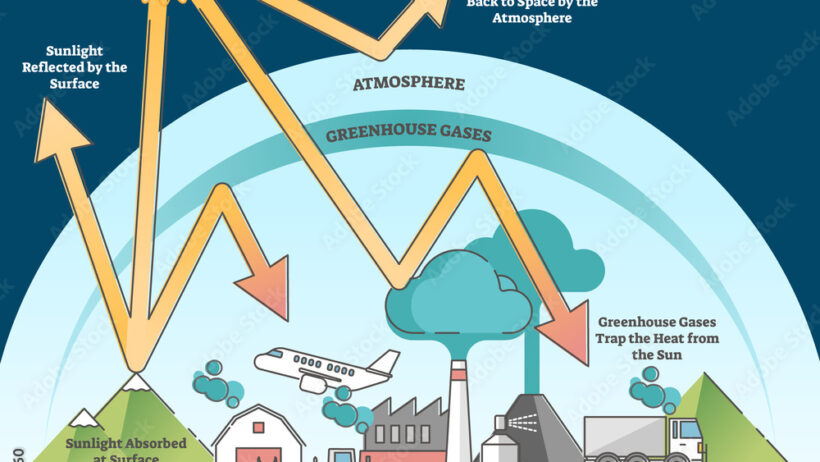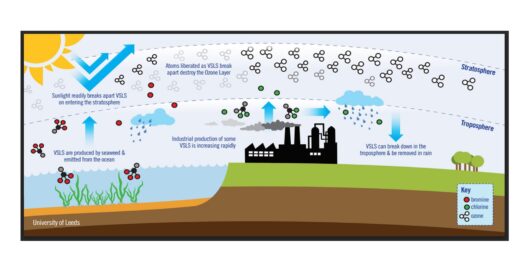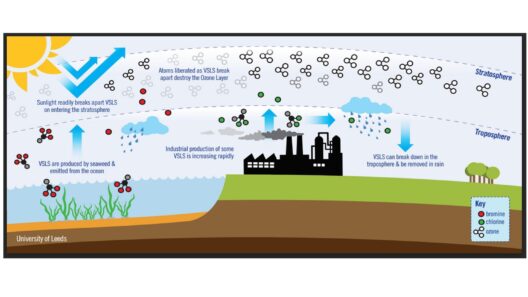Global warming, climate change, and the greenhouse effect—each term evokes a complex tapestry of scientific discourse and public concern. Understanding these concepts is akin to deciphering a multifaceted puzzle where interlocking pieces depict both cause and consequence. To navigate through this dense thicket of environmental terminology, we must tease apart the intricacies and connections that define these phenomena.
The term global warming can be visualized as the roaring furnace of the Earth, resulting from the accumulation of greenhouse gases in the atmosphere. This phenomenon refers specifically to the rise in average global temperatures, particularly since the late 19th century, primarily driven by human activities such as the burning of fossil fuels, deforestation, and industrial processes. The furnace, once a gentle hearth, now blazes intolerably, leading to disturbing implications, notably in altering the delicate balance of our ecosystems.
In contrast, climate change extends beyond the mere ascent of temperature. This term encapsulates a broader spectrum of alterations in climatic patterns, encompassing not only warming but also shifts in precipitation, increased frequency of extreme weather events, and long-term changes in wind and ocean currents. If global warming represents an intense brushfire in nature, climate change is the resultant smoke that lingers, affecting weather patterns across the globe. It is an insidious transformation that manifests in myriad ways, from droughts in one region to floods in another, upending established agricultural practices and endangering food security.
The greenhouse effect, however, is the underlying mechanism that enables both global warming and climate change. This natural phenomenon can be described as the Earth’s thermal blanket—that vital layer that traps heat in the atmosphere. Suns rays penetrate this blanket, warming the Earth’s surface. In the absence of the greenhouse effect, our planet would resemble a frigid wasteland, incapable of sustaining life as we know it. Yet, as human activities emit excessive amounts of carbon dioxide (CO2), methane (CH4), and nitrous oxide (N2O), this blanket becomes overly thick, leading to increased heat retention. The result? A simmering globe, with severe consequences for natural ecosystems and human societies.
To further delineate these concepts, we can look at their historical trajectories. Global warming has become a rallying cry in environmental movements, thrust into the limelight during the late 20th century when scientific consensus began to crystallize around human-induced temperature increases. As evidence swelled—from melting glaciers and receding ice caps to rising sea levels—so too did public awareness and concern. Yet, this concept was frequently overshadowed by its more encompassing counterpart.
Climate change has since emerged as the more inclusive narrative, galvanizing global initiatives and policy-making. Climate agreements such as the Kyoto Protocol and the Paris Agreement have sought to address climate change in its entirety, acknowledging that temperature rises are only one aspect of a broader ecological metamorphosis. The focus has shifted from simply reducing greenhouse gas emissions to enhancing resilience and adaptability in the face of evolving climatic realities. This approach recognizes the interconnectedness of environmental systems, economies, and social structures, highlighting that the repercussions of climate change extend far beyond thermometers and weather forecast models.
Interestingly, while both global warming and climate change often induce trepidation, the greenhouse effect sometimes gets a softer reputation due to its essential role in maintaining life. Much like the coexistence of light and shadow, the greenhouse effect is a necessary evil. It is the crux of Earth’s thermal regulation but also a precursor to the challenges we face in today’s warming climate. Understanding this effect is crucial for grasping the gravity of greenhouse gas emissions and assessing the urgency of remedial actions.
The debate surrounding these concepts often invites analogies to illustrate their interplay. Think of the Earth as a vessel—the greenhouse effect represents the vessel’s insulating walls that keep the warmth inside. However, with every burst of industrial progress, we are adding more layers of insulation, creating an overheating scenario. Global warming is the temperature spike that occurs as a result, while climate change encompasses the array of chaos ensuing as we continue to add fuel to our atmospheric fire.
Addressing the threats presented by global warming and climate change requires an integrative approach that considers comprehensive metrics of sustainability. It compels us to transition towards renewable energy sources, implement energy-efficient technologies, and cultivate a culture centered on conservation. As stewards of our planet, we must confront the dilemma of our own making and strive to cool our increasingly fevered Earth, breaking the cycle of dependency on fossil fuels.
As we stand at the nexus of environmental crisis, the distinction between global warming, climate change, and the greenhouse effect becomes paramount. Understanding these nuances propels us toward informed action and enhances our capacity to advocate for change. The health of our planet relies on our collective awareness and response, shaping a legacy that transcends generations. We wield the potential to turn back the tides of warming; the question remains—will we choose to act?








